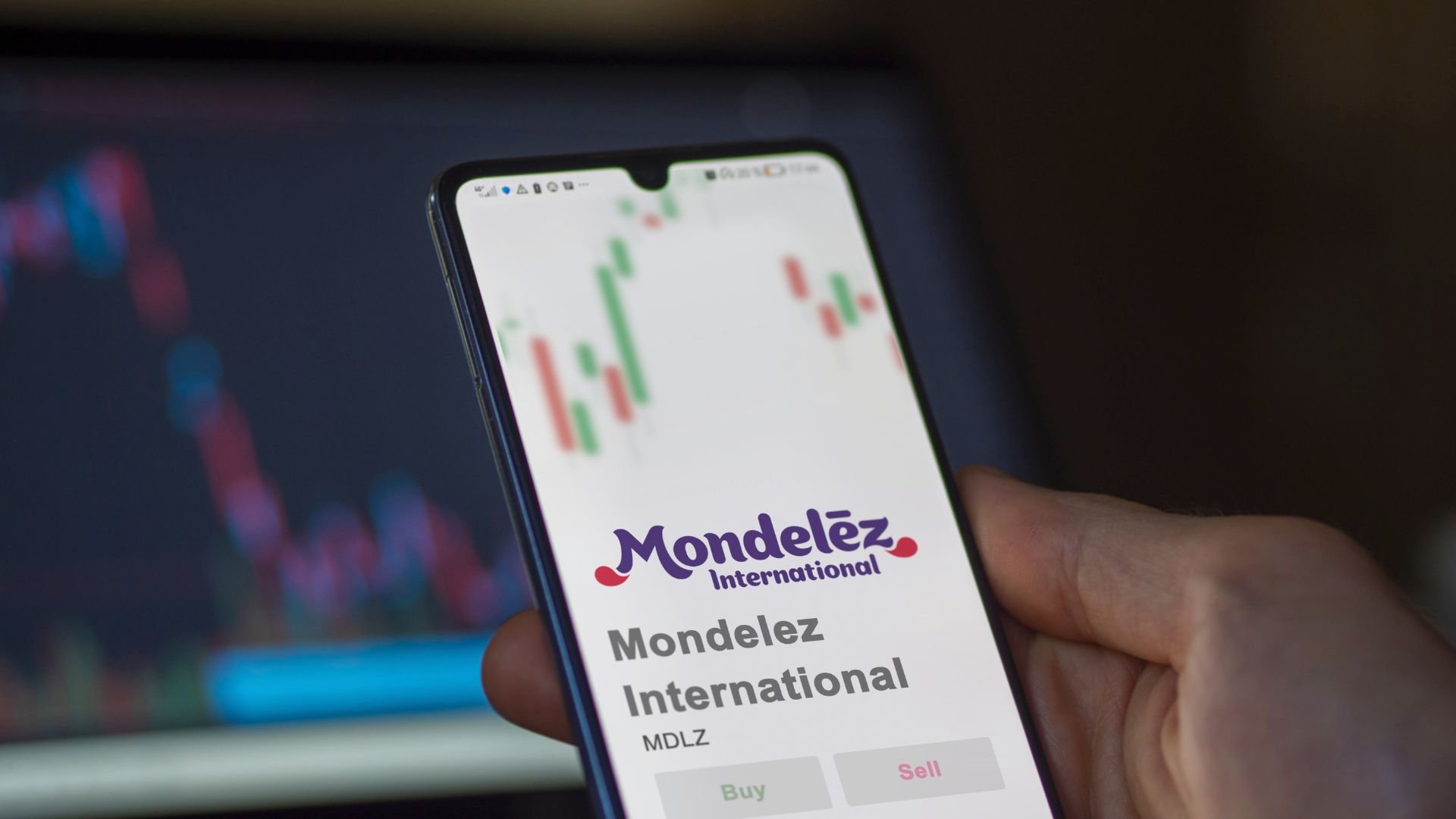Apps
Earning robux on Roblox in 2025 — Complete and updated guide
Discover official methods, creation strategies, UGC, retention and a 30‑day plan to transform fun into consistent results
Advertisement
Want to turn your time on Roblox into real progress in your Robux wallet?
This guide brings together safe practices, creation strategies and a simple execution plan, designed for those just starting out or already publishing experiences and looking to scale.
Everything delivered in direct language, no dubious shortcuts, with a focus on results.
5 reliable tracks to earn Robux (and when to use each)
- Roblox Premium
Perfect for those who want predictability. The monthly balance helps you plan purchases and investments in your project (icons, prototypes, internal ads, etc.). It’s also mandatory for trading limited items. If you regularly buy, develop or intend to sell items, it tends to be worthwhile. - Passes and dev products (in‑game monetization)
The most “hands‑on” strategy for creators. Sales happen when the player perceives real utility: access, boosts, convenience shortcuts, aesthetic customization, time‑savings. The secret is clarity of proposition and coherent pricing. - UGC (User‑Generated Content)
Clothing and accessories that match styles and trends have demand every day. Those who get the visual proposition right, model quality and launch consistency build recurring income. Ideal for creative profiles (art, 3D, style direction). - Creator Rewards / Revenue Share
If your experiences retain and engage, there’s reward. This strategy is indicated for those who know how to measure retention, create loops of fun and update frequently. Monetization is the consequence of well solved design. - Trading limited items (advanced profile)
Works for those who have Premium, study the market and respect risk rules. It’s not a quick shortcut; it’s discipline: analyze history, liquidity and seasonality, and record every operation.
Why focus on official methods
If your goal is to accumulate real Robux and keep your account safe, official methods are the only way.
They provide predictability, reduce risk of banning, and build a base for scaling (better products, consistent UGC and continuous engagement).
Any “trick” outside of this ecosystem tends to cost heavily — in lost time, frustration and even compromised inventory.
Fast path in 3 steps: from first Robux to revenue machine
Stage A — Base and first results (1–2 weeks)
- Decide on Premium based on your real usage.
- Publish a minimum viable experience: a lean obby, simple simulator, light social.
- Register 1 pass + 1 dev product with a very clear benefit (e.g.: larger inventory + temporary boost).
- Collect essential metrics: visits, conversion per product, average session time.
Stage B — Product that convinces (3–4 weeks)
- Highlight a differential in one sentence (“speed obby with alternate paths” / “simulator with daily 5‑min missions”).
- Short and coherent monetization line: 1–2 passes + 1–2 recurring consumables.
- Feedback on purchase: sound, particle, quick “thank you” screen and badge.
- Entry prices moderate and adjustments guided by data (raise or lower with caution).
Stage C — Scale and consistency (from Week 5 onward)
- Bi‑weekly update rhythm (maps, lightning modes, themed skins).
- UGC connected to your universe: accessories and clothes reinforcing the identity of the experience.
- Retention routine: daily login, quick challenges, weekly goals.
- Collaborations with compatible creators to broaden reach.
Design that sells without “pay to win”
- Objective utility: reduce grind, unlock area, customize, shorten path — and without breaking the game.
- Clarity in 3–5 seconds: name, icon, description and before/after preview.
- Price ladders: small/medium/large bundles to suit different pockets.
- Aesthetics matter: readable icons, colours consistent with your theme, easy reading on small screens.
- Instant reward visible: effects, short messages and a feeling of achievement.
In‑game monetization: economy that makes sense
- Internal currencies with real function (e.g.: speed upgrades, extra slots, crafting).
- Themed short‑duration events that rotate stock and bring novelty (seasonal items).
- Bundles and “smooth progression”: those who buy a basic package should see value in moving to medium/large.
- Avoid extremes: high price without justification or low price that devalues the item.
UGC from scratch: from sketch to catalogue that sells
- Gap research: look at trends, but seek under‑explored variations (futuristic cottage, clean street, cyber minimal).
- Modelling and optimization: clean low poly, crisp textures, well‑thought colour variations.
- Collection coherence: a “set” with identity (3–5 items that match).
- Honest page: photos from clear angles, compatibilities and notes.
- Drop calendar: fixed dates and teasers within the experience.
Practical tip: Launch small and measure beats “waiting for perfect”. Learn quickly from real feedback.
Retention that turns into Robux
- Short fun loop (2–5 minutes) generating micro‑victories.
- Two‑click daily challenges to engage even on busy days.
- Weekly goals that encourage return‑visits.
- Light social: squads, leaderboards, friendly duels, cooperative mode.
- Onboarding in 60 seconds: short tutorial, arrows, prompts at the right time.
- Public roadmap of upcoming updates (creates habit and expectation).
Analytics for beginners: the minimum that guides good decisions
- Conversion per product (sales ÷ unique paying users of the day).
- ARPPU (Robux per payer) and ARPDAU (Robux per active user per day) for value insight.
- Retention D1 / D7 to understand if there’s a reason to return.
- Cohort by update: compare results before/after each patch.
- Price elasticity: raise/lower small percentages and observe impact in 72 hours.
- Quick tests (1 hour per week) that make a difference:
- Product icon: solid background vs smooth gradient.
- Description: “benefit in 1 line” vs “benefit + context”.
- Price: adjust by 5–10% and record conversion.
- Button position: bottom‑right vs centre of modal.
- Bundle: add temporary cosmetic bonus and measure uptake.
Do one test at a time, over a short period, and record what changed.
- Product icon: solid background vs smooth gradient.
Community and distribution: put your game in front of the right audience
- Thumbnail and title that communicate the mechanic (visual aligned to the genre).
- In‑game events with countdown and mini‑rewards.
- Partnerships with creators of allied genres (map crossover or challenges).
- Project narrative: tell “what’s coming” in cards inside the hub.
- Internal channels: in‑game billboards/boards for news and UGC drops.
Account security
- 2FA enabled and unique passwords.
- No shortened links and no “off‑site partnerships”.
- Periodic audit of permissions in experiences and inventory.
- Emergency Robux fund for fees, tests and unexpected tweaks.
Common myths about Robux (and the reality)
- “There is a reliable free generator.” — There isn’t. If it promises Robux with no effort, it’s a trap.
- “Low price sells more.” — Not always. Perceived value and utility drive conversion.
- “More items = more sales.” — A huge catalogue without focus confuses. Curation and quality win.
- “Retention doesn’t matter if I sell now.” — Without retention, you burn out your audience and lose Creator Rewards.
Robux budget and smart reinvestment
- 40% into development and art (icons, effects, models).
- 30% into prototyping and tests (new items, price variations).
- 20% as reserve for emergency updates.
- 10% for communication (internal banners, visual materials).
Review this breakdown every two‑week cycle based on your numbers.
Practical 30‑day calendar to go from zero
Week 1 — Fundamentals and publication
- Enable 2FA, review permissions, organize inventory.
- Decide on Premium and account for the initial balance.
- Publish a minimal experience with one fun loop.
- Add 1 pass + 1 dev product with crystal‑clear benefit.
Week 2 — Measure, adjust, simplify
- Collect: visits, average time, conversion per product.
- Improve icons, title and descriptions.
- Adjust prices by ±10% and record impact.
- Create daily challenge that takes 2–3 minutes.
Week 3 — Identity and UGC
- Define a visual theme (name, palette, short sounds).
- Model 2–3 UGC items that match each other.
- Program a drop tied to a mini‑event.
Week 4 — Retention and expansion
- Add weekly goals and an achievement badge.
- Publish a 30‑day roadmap in‑game.
- Evaluate Creator Rewards: did retention improve?
- Initiate small A/B tests (icon, text, button position).
Cycle closure: consolidate learning, cut what didn’t work and double down on what converted.
Mistakes that reduce conversion (and how to avoid them)
- Unbalanced “pay to win”: undermines trust. Prefer convenience, customization and moderate shortcuts.
- Cluttered UI: too many buttons and texts confuse; prioritise essentials.
- Irregular updates: without a rhythm, the community cools down. Create a simple cadence (bi‑weekly).
- Random catalogue: items without identity tire out users. Work on sets and collections.
- Ignoring support: unanswered doubts become refunds and negative reviews. Have clear and ready messages.
Final checklist to publish (and sell) today
- Short fun loop defined.
- 1 pass and 1 dev product with objective utility.
- Readable icons and description in 1 line + context.
- Moderate pricing, with plan for adjustment within 72 hours.
- Post‑purchase feedback (sound + particle + badge).
- Mini‑event or daily challenge active.
- Basic metrics configured and being recorded.
- Next update already scheduled in your calendar.
- UGC aligned to the theme in draft (if relevant to your profile).
- 2FA enabled and permissions reviewed.
Conclusion: Robux as a result of value delivered with consistency
Earning Robux doesn’t depend on tricks, but rather on process: clear product, proven utility, coherent prices, immediate feedback and predictable updates.
Publish early, measure always, adjust based on data and treat security as part of the game.
Those who focus on the fundamentals and evolve with a consistent rhythm harvest two fruits at once: a loyal community and a healthy economy in the long term.
The rest — including the Robux — is a consequence.
Trending Topics

How to Become a DoorDash Driver – Start Earning up to $19/hour
Earn money making deliveries with DoorDash. Learn how to sign up, check the requirements and average salary, and see how to get started!
Keep Reading
Over 600 job openings at Mondelēz – Earn up to $25/hour!
Discover how to apply for jobs at Mondelēz International, learn about salaries, benefits, and career growth opportunities in the U.S.!
Keep Reading
How to apply to work as a FedEx delivery driver – Earn Up to $23/Hour
Want to work at FedEx as a delivery driver? Check out salary by state, benefits, how to apply, and everything you need to know!
Keep ReadingYou may also like

Over 43,000 Job Openings at Walmart: Learn How to Earn Up to $25/Hour
Immediate job openings at Walmart! Over 43,000 positions available nationwide, offering up to $25/hour. Check out exclusive benefits and learn how to apply!
Keep Reading
Complete Guide to Earning up to R 7,500 as a Housekeeper
Discover cleaning sector jobs and learn how to unlock earnings of up to R 7,500. Check out immediate job openings!
Keep Reading
Complete Guide to Becoming a Housekeeper in the U. S. – Earn Up to $30/hour on These Platforms!
Discover the best platforms to find housekeeper jobs and earn up to $30/hour. See the benefits, salaries, and which areas pay the most! Learn how to start.
Keep Reading